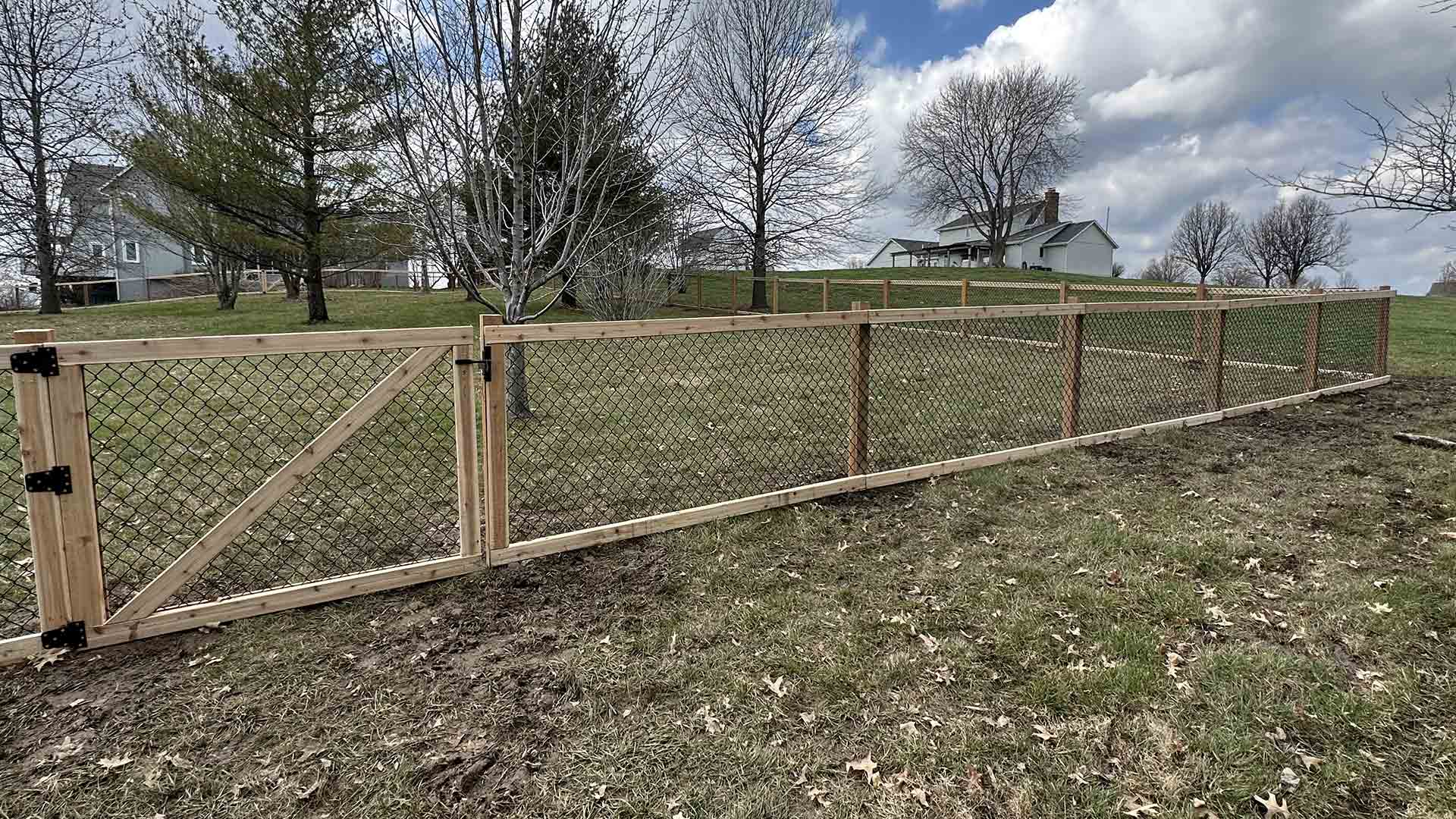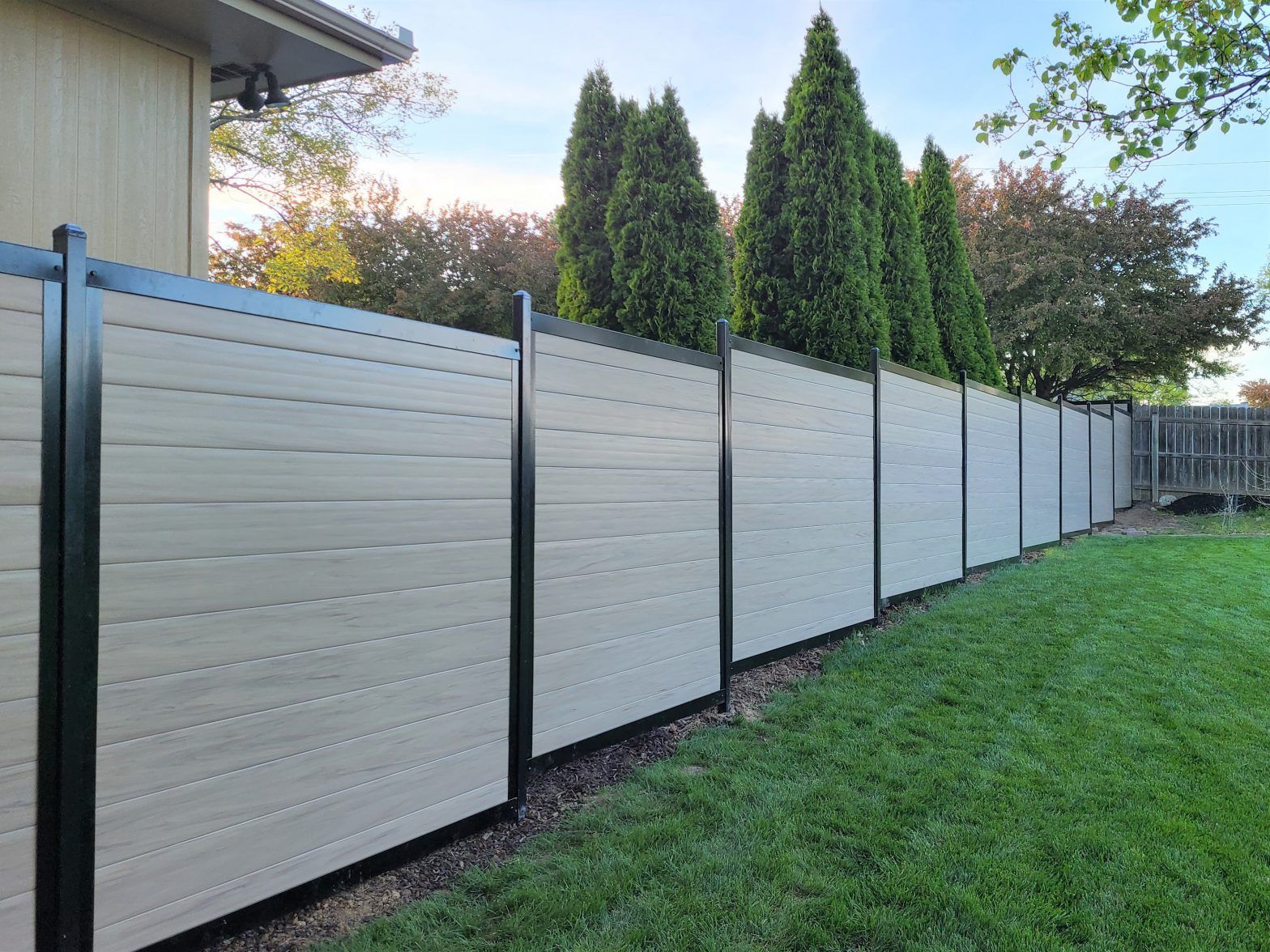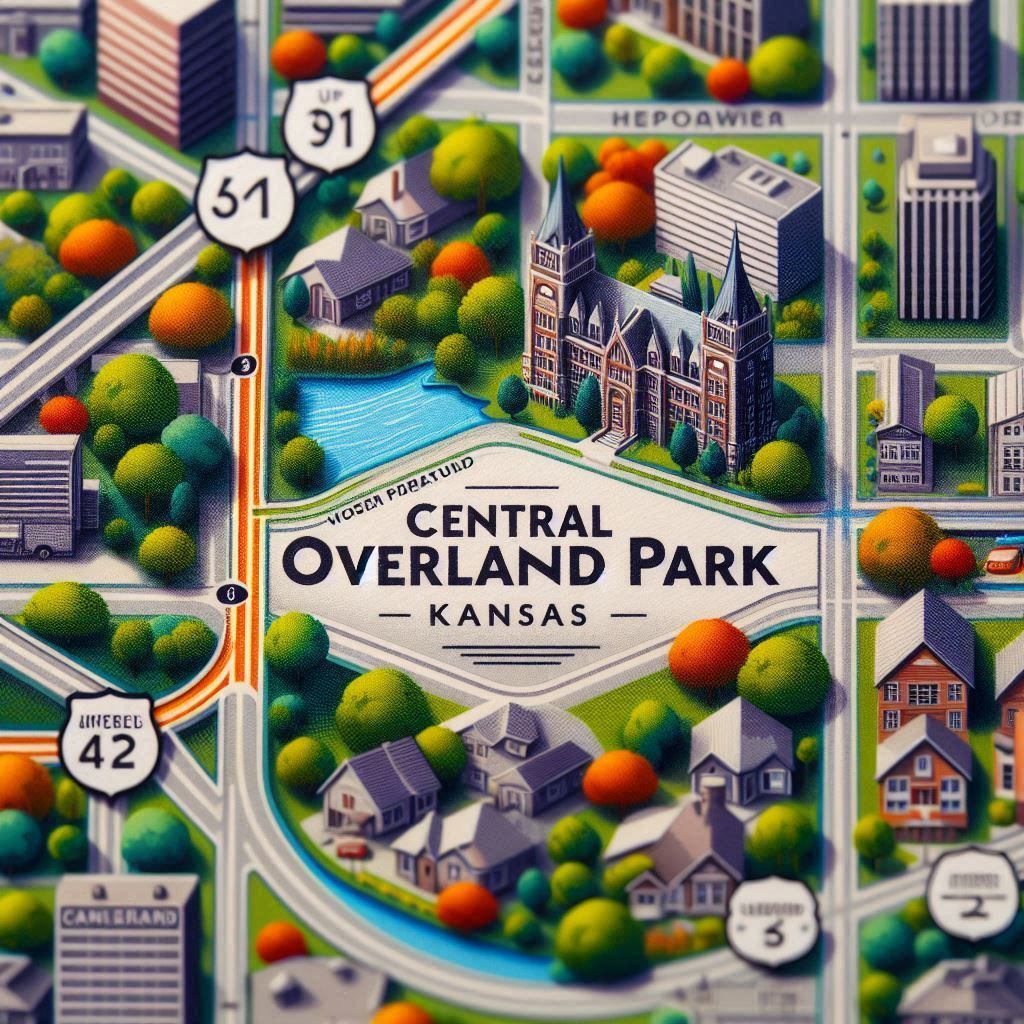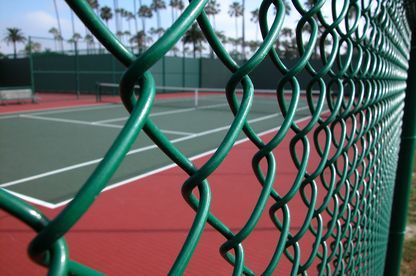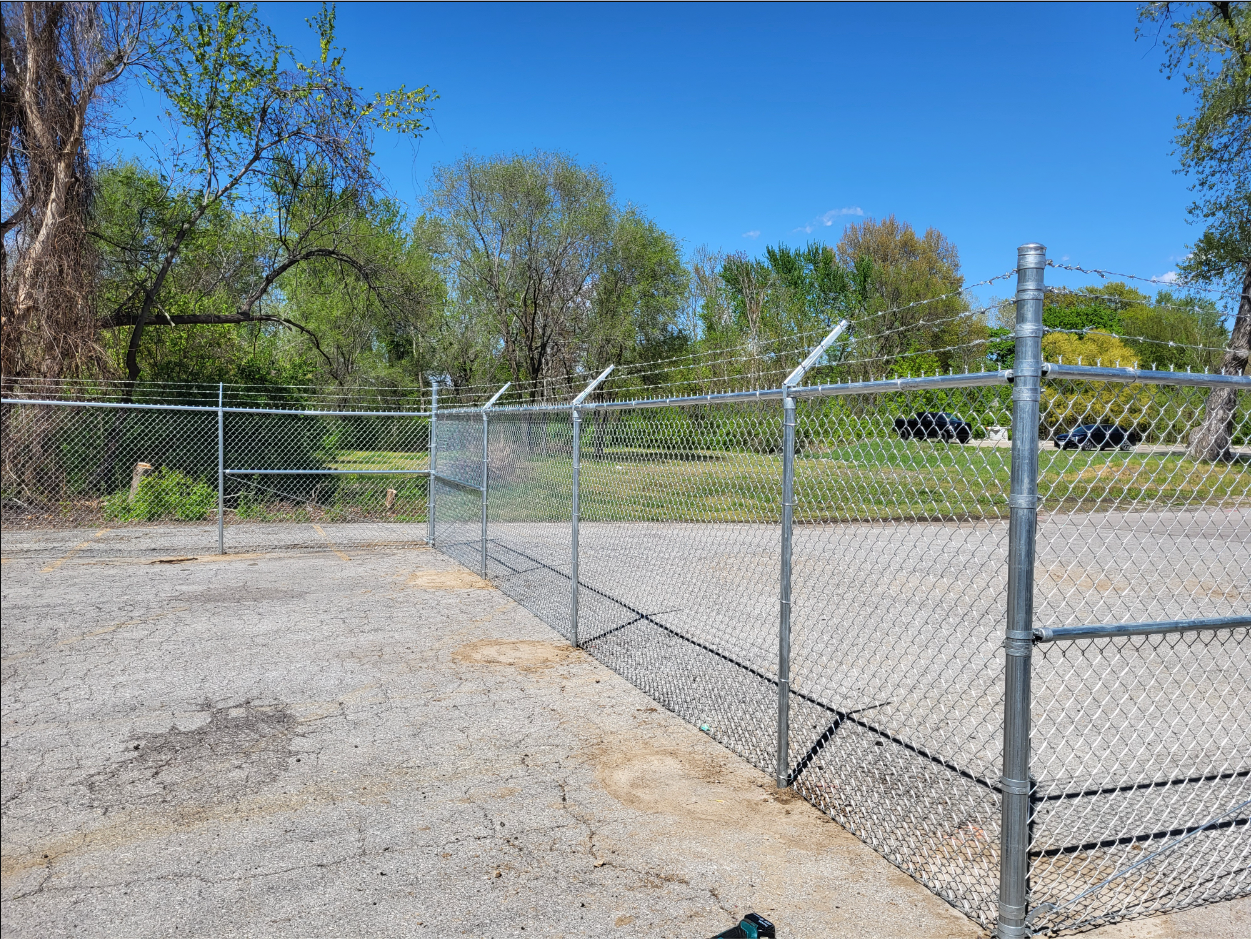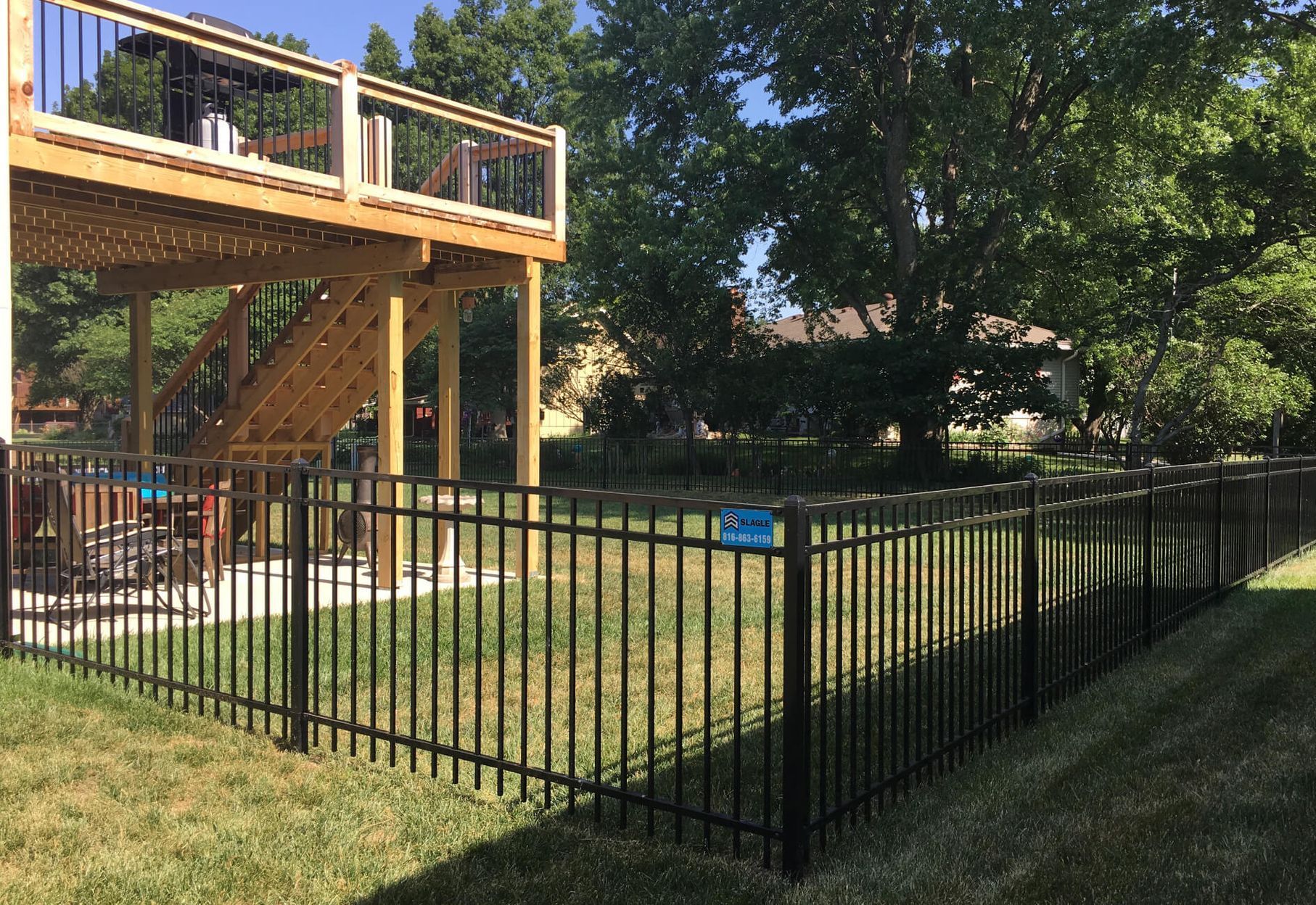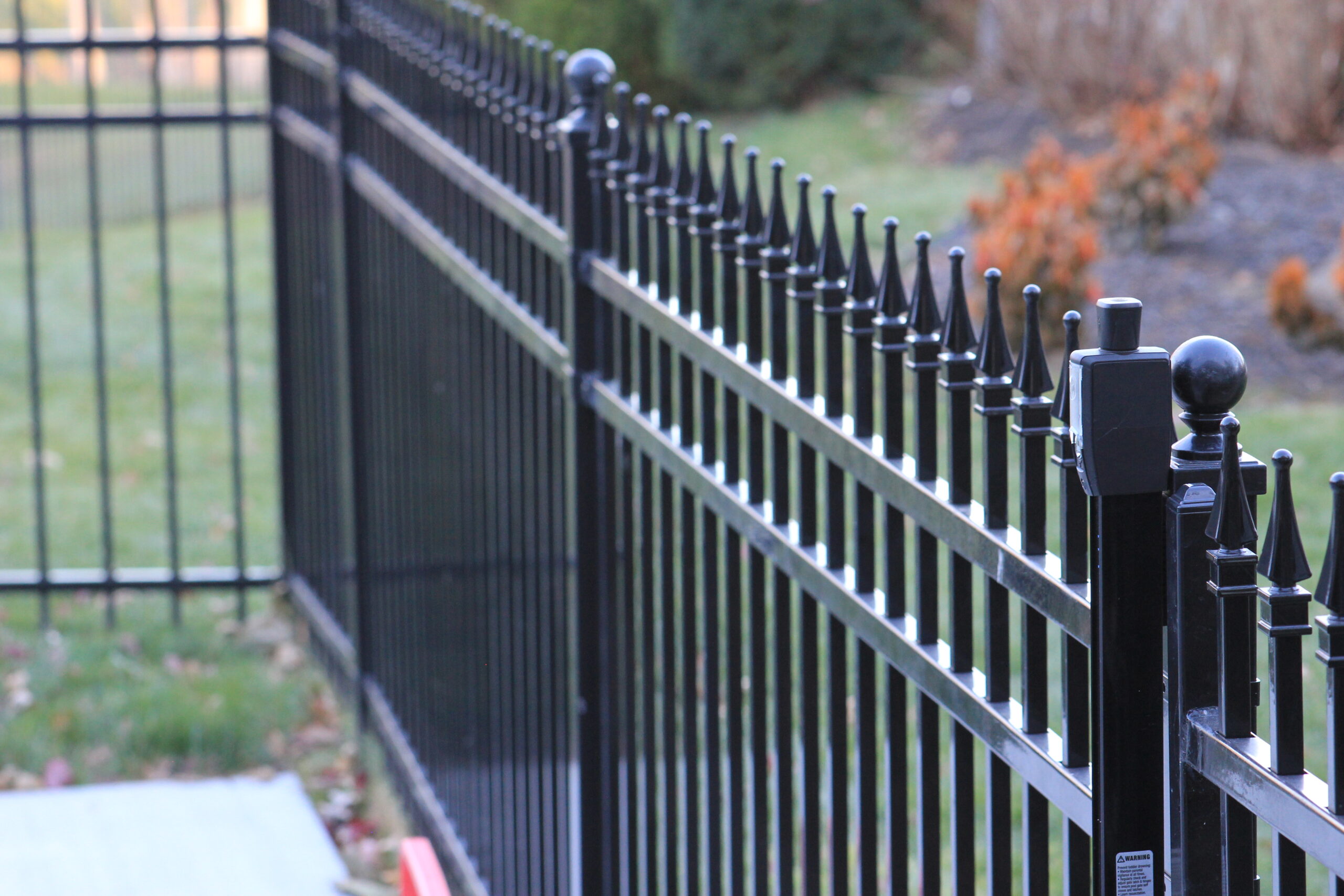When planning to install a wood fence, understanding the cost is crucial. Wood fencing cost typically ranges from $20 to $50 per linear foot, including materials and labor. The total expense for an average project can vary from $1,743 to $4,431. Factors like wood type, fence style, and region significantly influence these costs. In this guide, we’ll explore these factors to help you budget accurately.
Key Takeaways
-
Wood fencing installation costs range from $20 to $50 per linear foot, with total project costs typically between $1,743 and $4,431 for average-sized projects.
-
Factors influencing wood fence costs include wood type, fence style, height, length, and additional features, with privacy fences generally being more expensive due to increased materials.
-
Considering regional variations, additional costs such as permits, sealing, gates, and old fence removal is essential for accurate budgeting and planning of a wood fence installation project.
Understanding Wood Fencing Cost: 2024 Guide

Installing a wood fence involves a financial commitment that can vary widely, typically ranging from $20 to $50 per linear foot. This price covers both materials and labor, but factors like the type of wood and fence complexity can cause fluctuations.
A typical fence installation project costs between $1,743 and $4,431. For a 200 linear foot wood fence, expect to pay between $4,000 and $10,000, including materials, labor, and any additional features related to wood fence installation cost.
Knowing these baseline costs helps in budgeting and planning your fence project effectively.
Introduction
A wood privacy fence is more than just a barrier around your property; it’s a statement of style and a practical solution for privacy and security. Choosing the right new wood fence style to match your property’s characteristics allows you to create a secluded backyard oasis that minimizes distractions for pets and provides a safe space for family activities, including a wooden fence for added charm.
Factors such as personal preferences and the specific needs of your property play a significant role in determining the best type of wood fencing. Whether you’re leaning towards a classic wood picket fence or a more robust privacy fence, the right choice will depend on your unique circumstances and goals.
Average Wood Fence Costs in 2024

In 2024, the average cost to install a wood fence ranges from $20 to $50 per linear foot. This range covers various wood types and fence styles, from simple picket fences to elaborate privacy fences. Material costs range from $6 to $13 per linear foot, with labor bringing the total to $20 to $60 per linear foot.
For a 200 linear foot wood fence, expect to pay between $4,000 and $10,000, including materials and labor. The final price can vary based on wood type and fence design complexity. For example, high-quality Western red cedar privacy fences can cost between $45 to $90 per linear foot, while more standard wood types like pine are generally less expensive.
The height and style of the fence significantly affect the overall cost. Privacy fences, requiring more materials to eliminate gaps, are typically more expensive than simpler styles like picket or split rail fences.
Knowing these cost variations helps in planning your budget accurately and making informed decisions about your fence installation.
Factors Influencing Wood Fence Cost

The cost of wood fences is influenced by several factors, including the type of wood, fence style, and dimensions (height and length). Each of these can cause the total cost to fluctuate, so consider them carefully when planning your project.
Choosing materials is crucial, as different wood types have varying price tags. The complexity of the fence style also impacts both material and labor costs, including fencing materials.
Additionally, the height and length of the fence affect the amount of materials needed and the overall labor required, influencing the total cost of your project.
Type of Wood
Different types of wood have distinct characteristics and costs, significantly impacting your budget. Common wood types for fencing include pine, cedar, redwood, oak, spruce, and cypress, popular for their durability and aesthetic appeal. Pine is known for its affordability and low maintenance, while cedar is valued for its durability and pest resistance. Redwood, though pricier, is appreciated for its weather resistance and attractive reddish hue.
Cedar and pine are often used for split rail fences, a cost-effective option for large properties. Western Red Cedar performs well in dry climates and can last over 25 years. Cypress is another durable choice, resistant to rot and insects, suitable for various climates.
The cost of these woods varies widely. For instance, redwood fencing costs $15 to $30 per linear foot, while cypress ranges from $2 to $4 per linear foot. Choosing the right wood for your fence involves balancing cost, appearance, and durability to meet your needs and budget.
Fence Style
The style of your wood fence also influences the cost. Privacy fences, designed for maximum seclusion, are generally more expensive due to the increased material required. A 6-foot tall privacy fence costs between $25 and $50 per linear foot.
Picket fences, known for their classic look and popular in suburban areas, are less expensive, ranging from $20 to $40 per linear foot. Split rail fences, often used for larger properties or rural settings, are the most affordable at $10 to $30 per linear foot.
Different styles come with varying installation complexities. For example, board-on-board fences, providing a solid visual barrier, may require more labor and materials compared to simpler styles like split rail or picket fences. Choosing the right style for your needs and budget is crucial for a successful installation.
Height and Length
The height and length of your fence significantly influence the total cost. Taller fences, like 8-foot privacy fences, cost between $50 and $75 per linear foot due to additional materials and labor. Generally, increasing the height by 20% to 30% will correspondingly increase the price per linear foot.
The total length of the length wooden fences also plays a crucial role in linear feet. Longer fences require more materials and labor, significantly increasing the overall cost. Non-standard heights and custom lengths may incur additional costs due to special sourcing and increased labor.
Considering these factors when planning your wood fence project is essential.
Additional Costs to Consider

Account for additional costs when planning a wood fence installation. These may include local regulations and permit fees, which vary by location. Building permits can cost between $200 to $600, and some local laws may require permits for taller fences.
Additional expenses may include custom features like gates and site-specific conditions like uneven terrain. These factors can increase material and labor costs, so budget for them in advance. Planning for these costs helps prevent unexpected expenses and ensures a smooth installation.
Sealing and Staining
Sealing and staining maintain the longevity and appearance of your wood fence, protecting it from weather damage and pests. These processes typically cost $1 to $4 per linear foot, while painting ranges from $1.50 to $3 per square foot.
Proper sealing and staining enhance the aesthetic appeal of your fence and extend its lifespan. Although these treatments add to the overall cost, they save money in the long run by reducing the need for repairs and replacements. Maintaining your fence is key to preserving its value and functionality.
Gate Installation
Adding a gate to your wood fence enhances its functionality and aesthetic appeal. Gate installation costs vary from $150 to $1,200 depending on size, style, and materials. Gates provide convenient access and improve the overall look of your fencing project.
Consider the type of gate that best suits your needs when planning your fence installation. Whether a simple wooden gate or an elaborate design, ensuring it complements your fence style will enhance the overall appearance and utility of your space.
Old Fence Removal
Removing an old fence is often necessary in many installation projects. The cost typically ranges from $300 to $750, or $3 to $7 per linear foot. Factors like disposal method, condition of the existing fence, and material type can affect the total cost.
Proper old fence removal ensures the new installation site is prepared and obstruction-free. This process may involve additional labor and equipment, so include it in your budget. Planning for these costs ensures a smooth transition from the old fence to the new one.
Regional Cost Variations
Geographic location significantly affects the cost of wood fencing. Regions with higher living expenses generally have increased labor and material costs. Urban areas with high demand for wood fencing may see higher prices compared to rural areas.
Local regulations and permit requirements can also influence costs. Some areas have specific requirements that add to expenses, such as unique zoning laws or mandatory inspections.
Knowing these regional variations helps you better estimate the total cost of your wood fence project and plan accordingly.
DIY vs. Professional Installation
Deciding between DIY and professional installation is a major consideration for any wood fence project. Professional installation often comes with warranties and ensures compliance with local regulations, beneficial in the long term. However, it typically involves higher upfront costs compared to DIY projects.
Installing the fence yourself can save up to 50% of the total cost, though it requires significant time and effort. DIY installation can be rewarding, but be prepared for potential challenges and unexpected expenses.
Weighing the pros and cons of each option helps you make the best decision for your specific needs and budget.
Tips to Save Money on Wood Fence Installation

Several strategies can help save money on wood fence installation. Choosing cost-effective materials like treated pine or cedar instead of more expensive wood types significantly reduces costs. Additionally, opting for simpler styles like ranch or stockade fences can also keep expenses down.
Another way to save money is by sharing costs with neighbors for a shared fence, halving the expenses. Renting tools instead of buying and scheduling the installation during off-peak seasons can also lead to cost savings.
Obtaining permits yourself rather than through the contractor can save on fees. Maintaining an existing fence through repairs or repainting can be more economical than replacing it. These tips help manage your budget effectively and ensure the best value for your investment.
How to Use a Wood Fence Cost Calculator
Using a wood fence cost calculator is a valuable tool for estimating your project expenses. A 3D fence quoting tool, for instance, provides convenient and transparent pricing, helping you plan your budget accurately. By inputting details such as the type of wood, fence style, and dimensions, you can get a clear estimate of the total cost.
Projects estimated with these tools are often backed by warranties, adding an extra layer of security to your investment. Utilizing a cost calculator can streamline the planning process and ensure you are well-prepared for your wood fence installation project.
Summary
In summary, understanding the costs associated with wood fencing in 2024 involves considering several key factors. The type of wood, fence style, and dimensions play significant roles in determining the overall cost. Additional expenses such as permits, sealing, staining, gate installation, and old fence removal can also impact the total budget. Regional variations and the choice between DIY and professional installation further influence the final cost.
By planning carefully and utilizing tools like wood fence cost calculators, homeowners can make informed decisions that align with their budget and needs. Whether you’re enhancing your property’s privacy, security, or aesthetic appeal, a well-planned wood fence project can be a valuable investment. Remember to consider all aspects of the project to ensure a smooth and cost-effective installation.
Frequently Asked Questions
What is the average cost of installing a wood fence per linear foot in 2024?
The average cost of installing a wood fence in 2024 is between $20 and $50 per linear foot, influenced by the type of wood and the style of the fence. This variation allows for flexibility based on your preferences and budget.
How much does it cost to install a 200 linear foot wood fence?
The cost to install a 200 linear foot wood fence typically ranges from $4,000 to $10,000, covering both materials and labor. This variation depends on factors like the type of wood and local labor rates.
What factors influence the cost of wood fencing?
The cost of wood fencing is primarily influenced by the type of wood, the style of the fence, its height and length, and any additional costs such as permits and finishing. Understanding these factors can help you budget effectively for your fencing project.
Is it cheaper to install a wood fence myself or hire a professional?
Installing a wood fence yourself can save you up to 50% compared to hiring a professional, but it demands considerable time and effort. Professional services, while more expensive, provide warranties and ensure compliance with local regulations.
How can I save money on wood fence installation?
To save money on wood fence installation, opt for cost-effective materials, coordinate with neighbors to share expenses, and consider renting tools. Additionally, schedule installations during off-peak seasons and handle permit applications yourself to further reduce costs.











